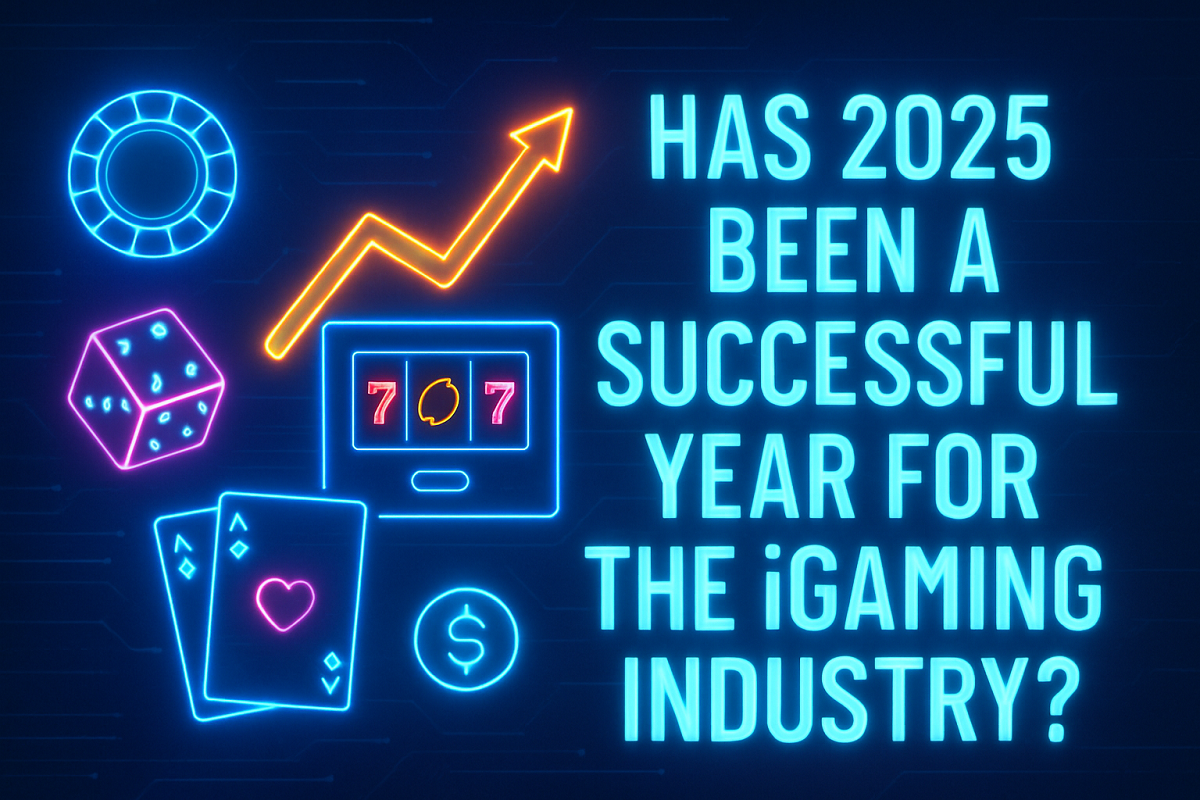Gaming
Illusion of AI and Deepfakes in Gaming

The convergence of artificial intelligence (AI) hype and deepfake technology has unveiled vulnerabilities in the tech and gaming industries. The recent downfall of Builder.ai, a startup once valued at $1.5 billion, alongside the escalating misuse of deepfakes, underscores the urgent need for transparency and robust detection mechanisms.
The facade of AI and the unravelling of Builder.ai
Builder.ai was promoted as a revolutionary AI-driven platform for app development and gained strong financial backing from major global investors. However, it was later discovered that the company relied on around 700 engineers in India who manually completed tasks while the platform portrayed itself as automated. This practice, known as AI washing, misled both investors and clients. The fallout from this deception revealed inflated revenue claims and suspicious round-tripping practices, eventually pushing Builder.ai into bankruptcy and raising broader concerns about transparency in AI startups.
Deepfakes and their growing impact on digital ecosystems
While AI credibility took a hit with Builder.ai, deepfake technology has emerged as another serious concern. Deepfakes use machine learning to fabricate realistic but fake video and audio content. These tools have already been weaponized in high-stakes fraud, such as a case in Hong Kong where a finance employee transferred 25 million dollars after participating in a video call with deepfaked versions of his company’s executives. The consequences are even more alarming when such tools are introduced into digital communities, including gaming.
Gaming as a vulnerable frontier
The gaming industry, built around virtual environments and character realism, is particularly exposed to the misuse of AI and deepfakes. From fake endorsements and manipulated character visuals to unauthorized synthetic voices, deepfakes can erode community trust and disrupt player safety. The Builder.ai scandal acts as a warning, not just about fraudulent AI claims, but also about how unchecked technological excitement can lead to reputational and financial damage within immersive platforms.
Linguistic signals and the new phase of detection
With visual and audio deepfakes becoming harder to identify through traditional means, researchers are turning to linguistic markers. Language-based analysis, examining word patterns, sentence rhythm, and stylistic inconsistencies, is emerging as a key defense against deepfake content. Subtle anomalies in phrasing or unnatural speech flow can signal generated or manipulated content. These linguistic signals are now being integrated into advanced detection models to strengthen trust in both written and spoken digital communication.
Final Thoughts
The intersection of overhyped AI solutions and deepfake manipulation has revealed structural weaknesses in digital ecosystems. Builder.ai’s collapse serves as a cautionary tale against technological exaggeration, while the rise of deepfakes highlights an urgent need for detection strategies that are both technical and linguistic. As digital environments grow more immersive and convincing, safeguarding authenticity will require ethics, transparency, and smarter tools to ensure trust is not another illusion.
-

 Interviews5 days ago
Interviews5 days agoHIPTHER Community Voices: Jurijs Rapoports – Chairman of the Board & Chief Operations Officer of Tonybet
-

 Latest News6 days ago
Latest News6 days ago10+ Best Tether (USDT) Online Casinos & Gambling Sites 2025
-

 Asia7 days ago
Asia7 days agoFelicity Expands Global Footprint with Singapore Office
-

 Gambling in the USA6 days ago
Gambling in the USA6 days agoGaming Americas Weekly Roundup – August 4-10
-

 Asia7 days ago
Asia7 days agoPhilippine Senate to Launch Inquiry into Online Gaming industry
-

 Latest News5 days ago
Latest News5 days agoBest Crypto Casinos of 2025: Top 5 Bitcoin & Crypto Gambling Site For Big Wins & Fast Payout
-

 Latest News6 days ago
Latest News6 days agoBest Crypto Casinos: Top 5 Crypto Casinos To Play At In August 2025!
-

 Latest News6 days ago
Latest News6 days agoBest No KYC Crypto Casino – 10 No Verification Casinos for 2025




























